The DePIN Explorer - DePIN Scan
Trending 🔥
DePIN Market Cap
$17,473,258,797
-1.0%
Volume
$4,108,403,351
-15.7%
DePIN Projects
320
DePIN Devices
39,259,616
DePIN Projects
DePIN Scan is the explorer for DePIN crypto projects. There are 320 DePIN Projects with a combined DePIN market cap of $17,473,258,797 and total DePIN devices of 39,259,616. Click into the projects below to learn how to start earning passive income today.
Project | Token | Category | Social Following | Market Cap | Token Price | 24h Trade VOL | 1D | 7D | 30D | Total Devices | Favorites | Last 7 days |
|---|---|---|---|---|---|---|---|---|---|---|---|---|
 | SOL | Chain | 2,983,977 | $75,527,037,362 | $145.81 | $1,728,100,963 | -1.4% | -1.7% | +27.0% | - | 20 | |
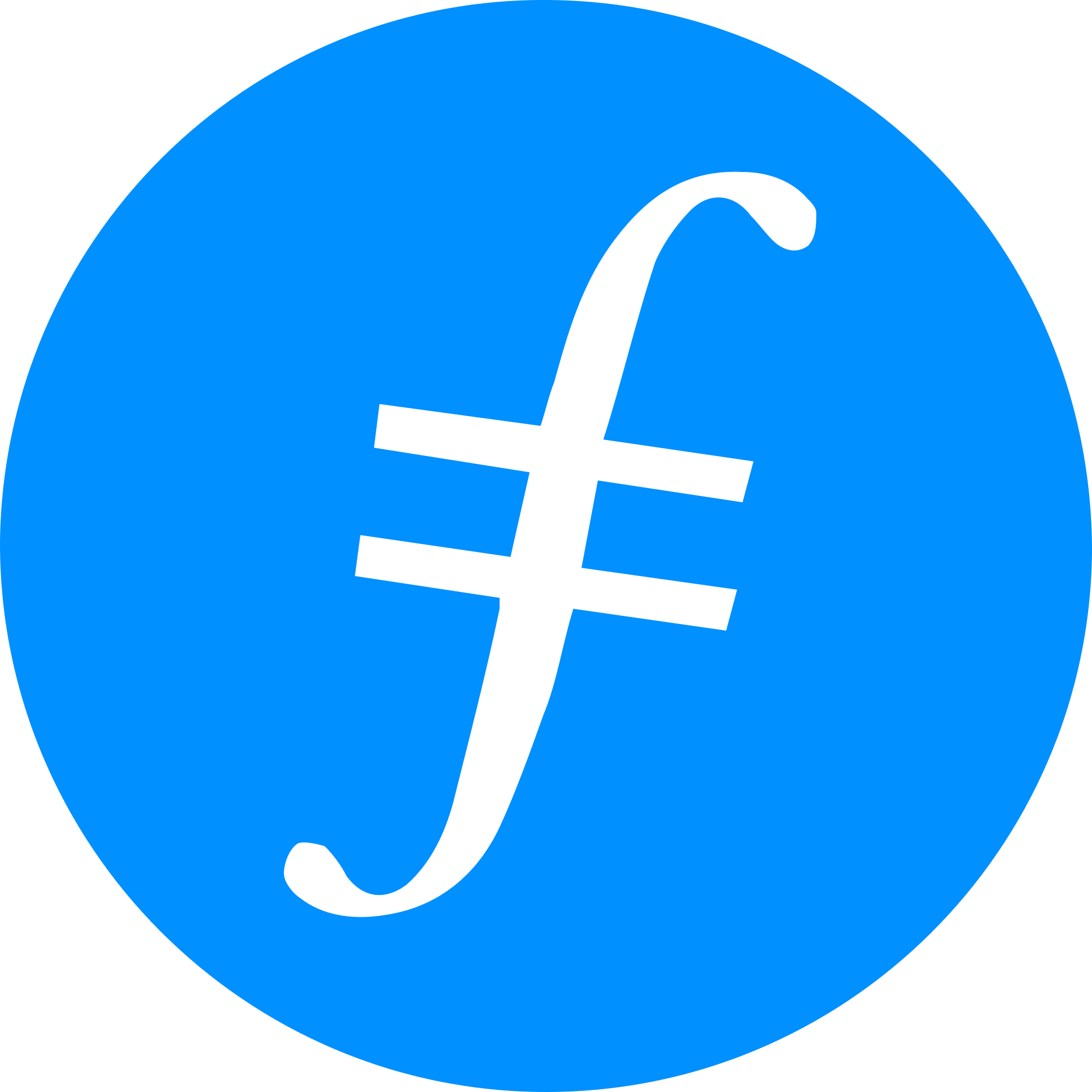 | FIL | Server | 671,512 | $1,748,692,622 | $2.64 | $94,255,941 | -3.6% | -2.6% | -5.2% | 3,726 | 5 | |
 | THETA | ServerAI | 272,081 | $691,695,937 | $0.6923 | $16,396,752 | -5.6% | -3.9% | -8.7% | 5,885 | 4 | |
 | HNT | Wireless | 215,970 | $686,867,060 | $3.77 | $3,855,003 | -2.3% | -11.3% | +34.1% | - | 7 | |
.jpg) | GRASS | ComputeAI | 529,819 | $404,152,174 | $1.47 | $21,366,278 | -3.2% | -10.9% | -22.1% | - | 24 | |
 | AKT | ServerAI | 124,188 | $353,428,182 | $1.43 | $7,502,047 | -8.5% | +15.5% | +25.8% | 472 | 5 | |
 | ATH | Compute | 821,029 | $253,604,115 | $0.02991 | $15,932,643 | -7.3% | +1.5% | -2.6% | - | 4 | |
 | IOTX | Chain | 404,006 | $167,943,219 | $0.01779 | $4,434,514 | -2.5% | -6.0% | -2.2% | - | 58 | |
.jpg) | IO | ComputeAI | 512,187 | $113,070,934 | $0.7209 | $25,004,245 | -7.4% | -15.2% | +15.7% | - | 2 | |
 | HONEY | SensorAI | 50,652 | $109,077,510 | $0.02557 | $732,277 | -3.8% | -22.7% | -18.6% | 8,037 | 0 | |
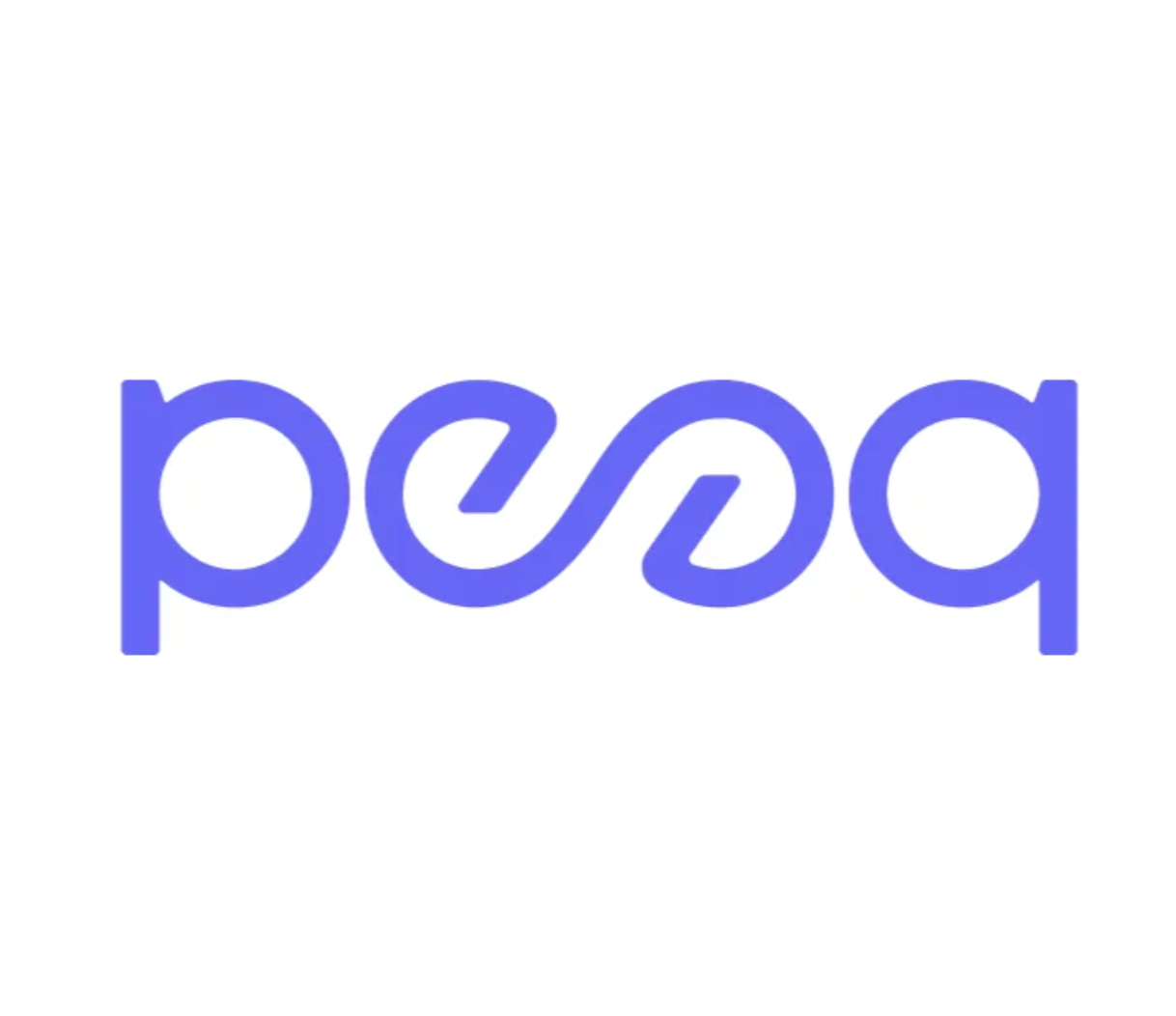 | PEAQ | Chain | 309,903 | $95,081,736 | $0.1243 | $3,435,748 | -5.3% | -3.1% | +8.3% | - | 13 | |
.svg) | MVL | SensorServices | 259,437 | $90,080,679 | $0.003386 | $402,964 | -2.1% | -2.9% | +15.1% | 46,424 | 0 |

3 days ago
Exploring the Potential of DEPIN in Web3In the rapidly evolving landscape of Web3, DEPIN, or Decentralized Physical Infrastructure Networks, is gaining significant attention. This innovative concept leverages the principles of decentralization to transform fragmented resources into valuable services. Amira Valliani, head of DEPIN at the Solana Foundation, emphasizes that DEPIN enables individuals to contribute their idle resources, such as WiFi bandwidth or data collection capabilities, to create a collaborative infrastructure. Projects like HiveMapper and Helium exemplify this model, allowing users to earn tokens by sharing their resources, thereby democratizing access to essential services that were previously dominated by large corporations.
The relationship between DEPIN and artificial intelligence (AI) is particularly noteworthy. As AI technology continues to advance, the demand for real-world data is skyrocketing. DEPIN serves as a vital data collection network that can provide the necessary information for AI applications, such as self-driving cars and delivery robots. By utilizing decentralized networks, DEPIN can gather data more efficiently and cost-effectively than traditional methods. This synergy between DEPIN and AI not only enhances the capabilities of AI systems but also opens new avenues for decentralized AI projects, challenging the dominance of major tech companies.
Looking ahead, Valliani predicts that DEPIN could evolve into a trillion-dollar industry, driven by the maturation of development tools, the increasing demand for real-world data due to AI advancements, and the influx of practical entrepreneurs into the Web3 space. As DEPIN lowers the barriers to entry for individuals to participate in infrastructure development, it creates new job opportunities and empowers ordinary people to engage in the digital economy. For those who missed the early days of Bitcoin and Ethereum, DEPIN presents a promising opportunity to get involved in the next wave of technological innovation.
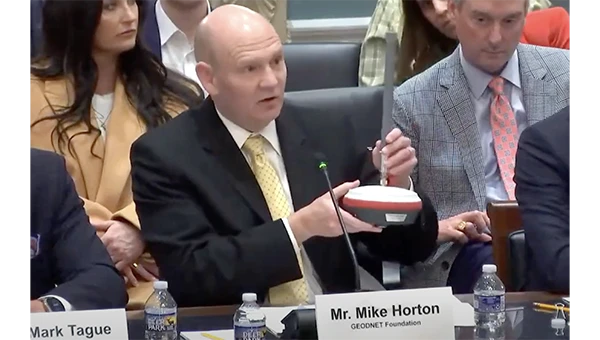
4 days ago
GEODNET Testifies Before Congress on Decentralized InfrastructureOn April 10, 2025, Mike Horton, the project creator of GEODNET, delivered a significant testimony before the U.S. Congress, representing both GEODNET and the broader Decentralized Physical Infrastructure Networks (DePIN) ecosystem. His presentation highlighted the transformative potential of blockchain-powered DePINs, which are already making strides in providing scalable and cost-effective infrastructure solutions across critical sectors such as internet connectivity, precision navigation, and renewable energy. This testimony marks a pivotal moment in the recognition of decentralized technologies by U.S. policymakers.
The growing acknowledgment from government officials underscores the increasing importance of decentralized technologies in addressing infrastructure challenges. Horton’s testimony not only showcased the achievements of GEODNET but also emphasized the broader implications for the DePIN ecosystem. The ability of these networks to deliver essential services efficiently and sustainably is a testament to the innovative capabilities of blockchain technology, which is gaining traction in various sectors.
This event serves as a proud milestone for those involved in the development of decentralized infrastructure. It acts as a powerful motivator for stakeholders committed to building the future of infrastructure through decentralized solutions. As the momentum behind these technologies continues to build, it is clear that the integration of blockchain into physical infrastructure is set to play a crucial role in shaping a more connected and sustainable future.
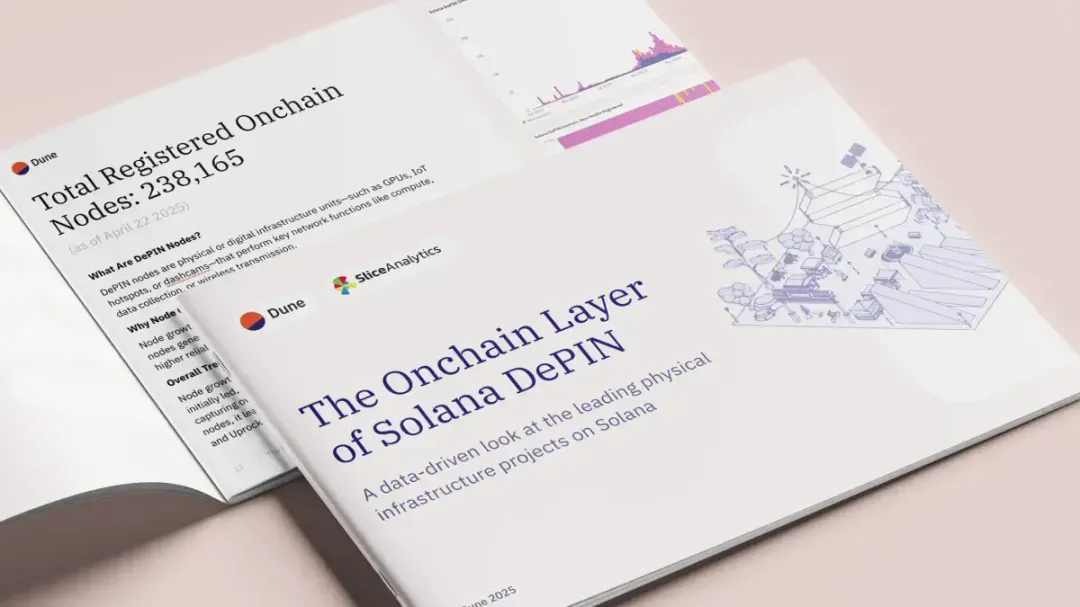
4 days ago
Solana Emerges as Leader in DePIN Projects: A Comprehensive AnalysisThe latest research report from Dune and Slice Analytics presents a comprehensive analysis of the Decentralized Physical Infrastructure Network (DePIN) projects on Solana, highlighting their development status, market performance, and on-chain data. DePIN is emerging as a transformative model that utilizes cryptocurrency incentives to operate real-world infrastructure, such as shared GPUs and telecommunications networks. Solana has positioned itself as a leading platform for these projects due to its high throughput and low transaction costs, making it an ideal environment for the growth of DePIN applications. As of April 2025, the total market value of DePIN projects on Solana reached $3.25 billion, surpassing other blockchain platforms significantly.
The report categorizes DePIN projects into five main segments: Compute, Wireless, Sensor, Server, and AI, with the Compute category dominating the market at 71.2%. Projects like Render and Helium are leading the way, providing decentralized processing power and wireless connectivity, respectively. The growth of registered on-chain nodes for DePIN projects on Solana has also been notable, reaching 238,165 by April 2025. Helium, in particular, has seen rapid growth in its mobile user base and node deployment, while Render and Hivemapper continue to expand their contributions to the ecosystem.
As the cryptocurrency industry matures, on-chain revenue has become a crucial metric for evaluating the sustainability of these projects. By April 2025, the total on-chain revenue for DePIN projects on Solana reached $5.98 million, indicating a strong product-market fit. Helium emerged as the top earner, while Render and Hivemapper also demonstrated significant revenue generation. The report underscores Solana's dominance in the DePIN space and emphasizes the importance of transparency in tracking on-chain activities, which remains a challenge due to the reliance on off-chain hardware and third-party integrations.
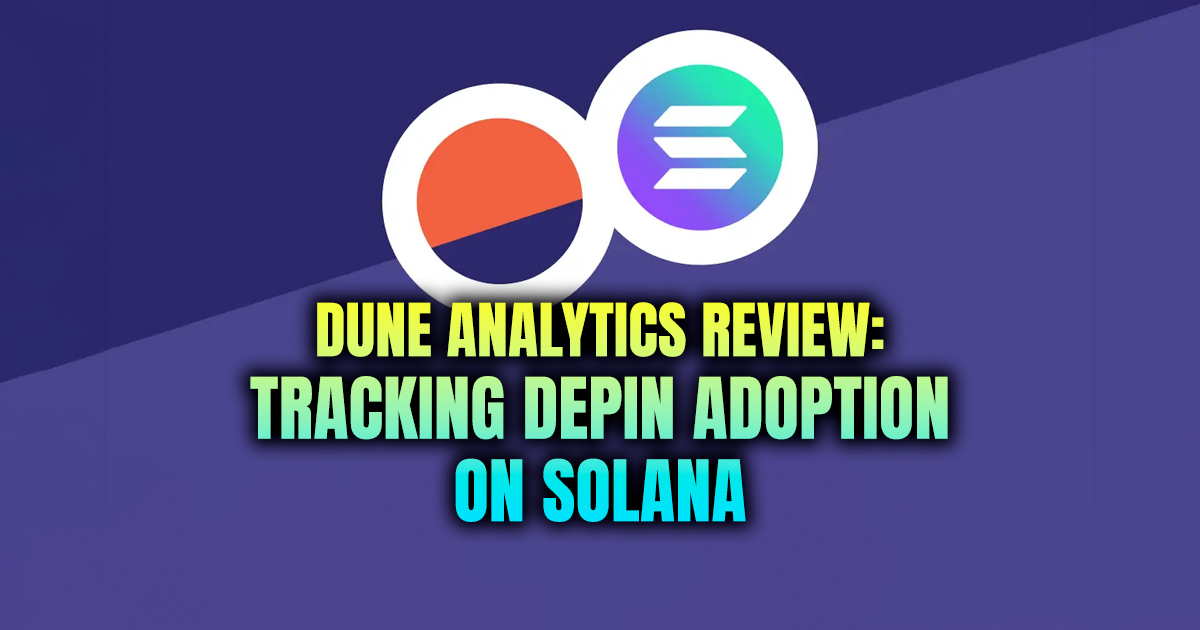
4 days ago
Solana's DePIN Ecosystem: A New Era of Decentralized InfrastructureThe Solana ecosystem is witnessing a surge in decentralized physical infrastructure networks (DePIN), particularly following the Solana Crossroads event in Istanbul. Developers are leveraging blockchain technology to build innovative infrastructure, including wireless networks and AI capabilities. One standout project is the Render Network, which is creating a decentralized platform for 3D creators and AI developers to access global GPU power without relying on centralized servers. Recent on-chain data reveals that Render Network has achieved peak revenues of $300,000 per week, with over 121 million RNDR tokens burned, indicating strong user engagement. The platform integrates with popular industry tools like Blender and Arnold, and contributors have earned more than 2.4 million RNDR tokens in rewards, showcasing the potential of decentralized computing.
Another notable player in the DePIN space is Nosana, which is revolutionizing AI task processing by decentralizing inference. Instead of depending on major cloud providers like AWS, Nosana enables node operators to handle AI workloads. Since its mainnet launch in January 2025, the number of daily active nodes has more than doubled to over 600, with a total of 4,200 nodes operating across more than 60 countries. This global reach highlights how Nosana is meeting the increasing demand for AI processing in a community-driven manner, further solidifying the role of DePIN in the evolving tech landscape.
Lastly, UpRock is tapping into the potential of mobile devices by allowing users to share bandwidth and computing power in exchange for crypto rewards. Users are reportedly earning over $1,500 weekly, with a focus on mobile-first DePIN solutions. UpRock employs on-chain buybacks to sustain contributor rewards, emphasizing its commitment to advancing the DePIN movement. Overall, Solana's DePIN ecosystem is not only thriving but also demonstrating that the future of crypto lies in building essential tools that enhance everyday life, rather than merely trading assets.
Signup for latest DePIN news and updates









.jpeg)
